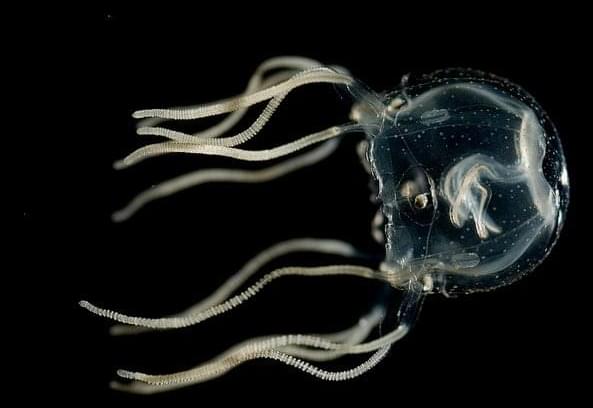Tina Woods, serving as Healthy Longevity Champion for the National Innovation Center for Aging, sets forth her vision for a blueprint for healthy longevity for all. Her emphasis is on reaping the “longevity dividend” and achieving five additional years of healthy life expectancy while reducing health and wellbeing inequality. Woods elaborates on the role of emerging technologies like AI, machine learning, and advanced data analysis in comprehending and influencing biological systems related to aging. She also underscores the crucial role of lifestyle changes and the consideration of socio-economic factors in increasing lifespan. The talk also explores the burgeoning field of emotion AI and its application in developing environments for better health outcomes, with a mention of “Longevity Cities,” starting with a trial in Newcastle. In closing, Woods mentions the development of a framework for incentivizing businesses through measurement of their contribution to health in three areas: workforce health, consumer health through products and services, and community health. Woods envisions a future where businesses impacting health negatively are disincentivized, and concludes with the hope that the UK’s healthy longevity innovation mission can harness longevity science and data innovation to improve life expectancy.
00:00:00 — Introduction, National Innovation Center for Aging.
00:00:56 — Discussion on stagnating life expectancy and UK’s life sciences vision.
00:03:50 — Technological breakthroughs (including AI) in analyzing biological systems.
00:06:22 — Understanding what maintains health & wellbeing.
00:08:30 — Hype, hope, important of purpose.
00:10:00 — Psychological aging and “brain capital.“
00:13:15 — Ageism — a barrier to progress in the field of aging.
00:15:46 — Health data, AI and wearables.
00:18:44 — Prevention is key, Health is an asset to invest in.
00:19:13 — Longevity Cities.
00:21:19 — Business for Health and industry incentives.
00:23:13 — Closing.
About the Speaker:
Tina Woods is a social entrepreneur and system architect with a focus on health innovation at the intersection of science, technology, policy, and investment. She is the Founder and CEO of Collider Health and Business for Health, driving systemic change for better health through these platforms. She contributes to key UK health strategies and initiatives, like UKRI’s Healthy Ageing Industrial Strategy, and served as the Healthy Longevity Champion for the National Innovation Centre for Ageing. Woods has made significant contributions to AI in health and care, co-leading the Quantum Healthy Longevity Innovation Mission and authoring the book, “Live Longer with AI.” Previously, she served as the director of the All Party Parliamentary Group for Longevity secretariat. Woods is also the CEO & Founder of Collider Science, a social enterprise that encourages young people’s interest in science and technology. She holds a degree in genetics from Cornell University and an MBA from Bayes Business School in London.
FOLLOW US
▀▀▀▀▀▀▀▀▀▀▀▀▀▀▀▀▀▀▀▀▀▀▀▀▀▀
https://www.lifespan.io.
https://www.facebook.com/lifespanio.
https://www.instagram.com/lifespan.io/
HOW CAN YOU SUPPORT US?
▀▀▀▀▀▀▀▀▀▀▀▀▀▀▀▀▀▀▀▀▀▀▀▀▀▀
Lifespan.io, a 501©(3) nonprofit organization.
► Support us with monthly donations by becoming a Lifespan Hero: https://www.lifespan.io/hero.
► Subscribe: https://www.youtube.com/user/LifespanIO
► Learn more, and help us: https://www.lifespan.io.
#Longevity #AI #Health #EARD







